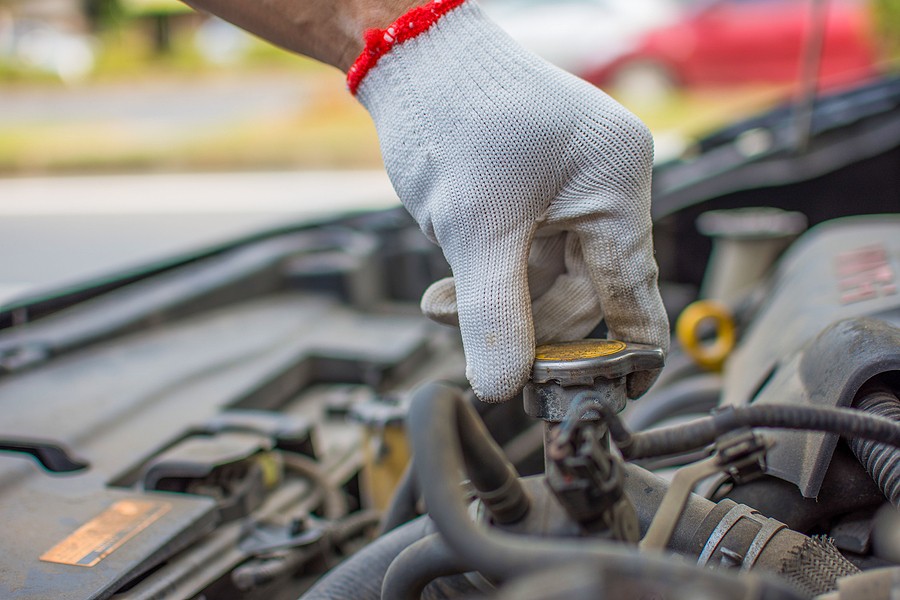These are the 10 bad radiator symptoms:
- Radiator leak
- Radiator overheating
- Sweet smell
- Rust on the radiator
- Radiator cracks
- Low coolant level
- Dirty radiator
- Warning lights
- Weird coolant color
- Difficulty starting your vehicle
Your vehicle contains lots of interacting components. Some of these components are minor, whereas others are major and significant.
The major components are very expensive to repair. Hence, it is critical that you monitor your vehicle’s health and see for any symptoms indicating that some of these components are failing.
Experts always mention that the earlier you detect the problem, the easier it is to get solved and the lower the repair costs.
Your vehicle’s radiator is one of the most critical components to which you must pay close attention. It is part of the cooling system and is not easy or cheap to repair. However, if you could detect early signs of Bad radiator symptoms, you're in a better situation to fix the problem without needing to install new components.
This article walks you through the 10 most common bad radiator symptoms. Whenever you notice these symptoms, you should take the issue seriously and consult your mechanic as soon as possible.
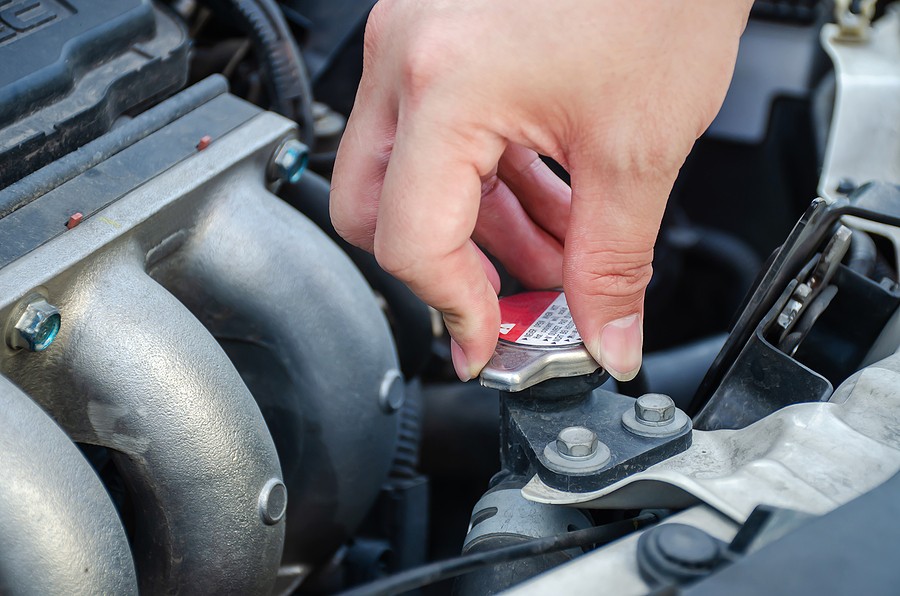
What is the radiator, and what does it do?
Before we dive into the details about the bad radiator symptoms, every driver needs to understand what the radiator in the first place is and what it does.
The radiator is a core component of your vehicle's cooling system. Coolant can run through the vents and cool down or release excess temperature. This way, when the coolant goes back around the engine, it is cooled down; therefore, it can drop the engine temperature when it overheats.
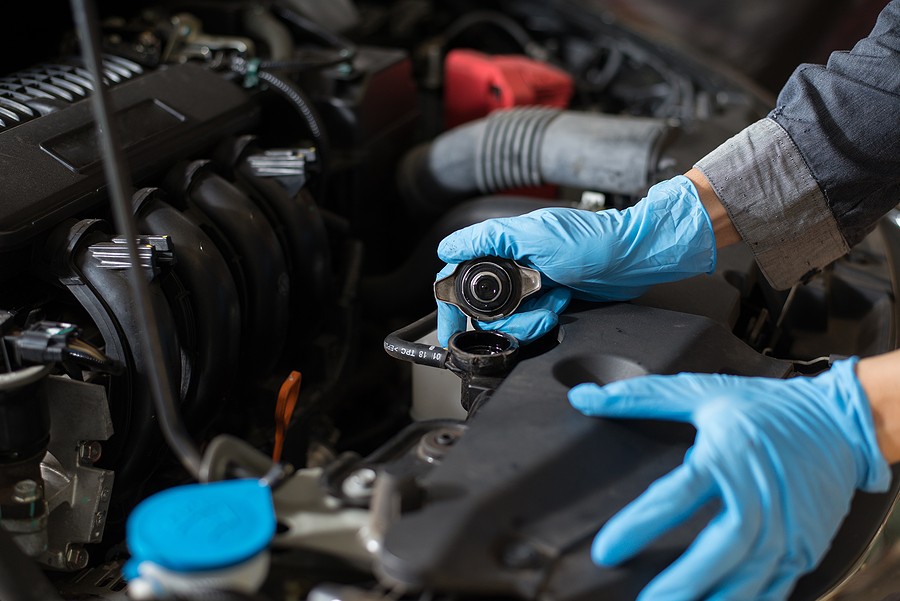
10 bad radiator symptoms
The radiator is designed to only last for a while, and there will be a point when you must deal with its problems. However, it is critical for you as a driver to get a sense of these problems before they get more complicated.
In other words, you need to detect the early signs of bad radiator symptoms. This way, you can have time to consult your mechanic and resolve the problem without needing to install a new radiator.
Luckily, automotive experts put together a list of potential bad radiator symptoms that you should watch to prevent vehicle problems and avoid expensive repair costs. Let's take a closer look at some of these symptoms:
1. Radiator leak
The first and most common symptom of a bad radiator is when you see a coolant leak. When the radiator is not in good condition, it doesn't allow the coolant to run smoothly and go through the path lines.
In other words, the radiator vents might be clogged; therefore, they add pressure to the whole system, allowing coolant to escape through the weak seals and make some cracks.
One way to determine whether you're dealing with a radiator leak is to look underneath the vehicle and see if you can see puddles or drops of fluid. Remember that some drops might be related to another fluid, like engine oil or something else.
Either way, you should not ignore any fluid leaks underneath your vehicle. Every fluid has its job, and when dropping, there might be an internal problem, and you must focus on it immediately.
Once you confirm that you're dealing with a radiator coolant leak, the next step is to consult your mechanic and have him take a closer look and see whether the problem is related to the radiator itself or something else.
Despite the root cause of the problem, you must fix it as soon as possible. You cannot continue driving your vehicle when the count keeps dropping. It can easily lead to engine overheating, costing thousands of dollars on repair, if not the entire vehicle.
2. Radiator overheating
Another thing that you need to watch for is the radiator temperature. If you feel that the radiator is getting very hot for no reason, it indicates an internal problem.
In other words, the radiator overheats only when it's stretched out or reaches the end of its lifetime. Therefore, whenever you feel that the radiator is getting very hot, you must take it seriously and never ignore it.
The sooner you detect radiator heads, the easier it is for your mechanic to figure out some simple solutions to help you fix the problem without needing to install a new radiator.

3. Sweet smell
Sometimes detecting a coolant leak can be tricky, especially if it's an internal leak. Therefore, you can also try to monitor for any weird smells. Typically, people think about car smells and bad smells. However, there are many situations where you deal with a good smell that indicates an internal issue with your vehicle.
For example, you will start smelling something sweet when there is an internal or external leak. In other words, some people describe it as having a Maple syrup smell. This is not a good situation because it means that your vehicle has an issue with coolant leaking internally or externally.
The more you inhale the smell, the higher chances you might impact your health, especially if you have respiratory system problems.
Therefore, as a rule of thumb, automotive experts always recommend that whenever you feel a weird smell coming out of your vehicle, take it seriously and consult your mechanic to have him inspect your vehicle and figure out what's going on internally.
Once your mechanic confirms the internal issue, he can suggest repair options. Always it's better to move forward with the repairs rather than wait on the problem because it's not going to be fixed on its own, and it gets just more complicated.
4. Rust on the radiator
If you're not noticing any of the mentioned symptoms, you can also try to inspect the radiator itself. In other words, you can perform a visual inspection, and if you feel that there is a lot of rust building around the radiator, it could indicate that the radiator is getting bad.
That's why automotive experts always mention that when rust belts around the radiator, it's a strong sign that your radiator is about to fail.
Once you show the radiator to your mechanic, he can suggest repair options. For example, your mechanic might suggest cleaning the radiator and removing this rust. However, if the rust impacts deeper components in your radiator, you most likely need to install a new one.
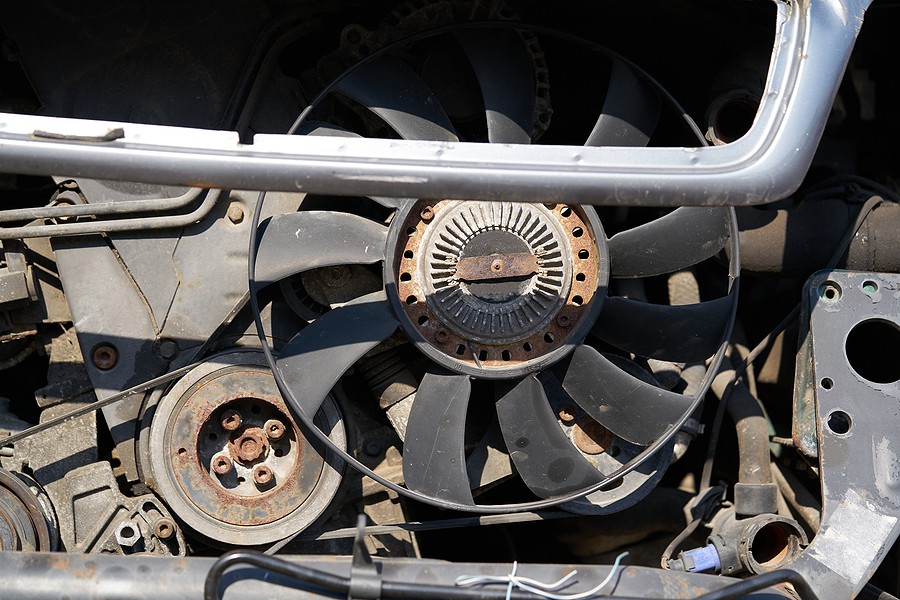
5. Radiator cracks
As you're performing the visual inspection, another thing to watch for is any radiator cracks. While rust is something that you might take care of, cracks are not.
What's the radiator starts building cracks, it indicates that its internal components are getting damaged, and the potential to fix the radiator is slightly lower.
However, suppose you're still in the early stages of radiator cracks. In that case, your mechanic might suggest some repair options that will give you more time until you have enough budget to replace the entire radiator.
6. Low coolant level
If you were here or caused coolant to leak inside or outside your vehicle, you can easily tell because of the low coolant level.
Inspecting the coolant continuously is a very important maintenance and skill set you must maintain as a driver. If you feel that your coolant level is dropping significantly, it indicates an eternal problem.
Remember that you only sometimes deal with a local-level means problem with the radiator. It could be a problem with the whole system itself and an issue with the pipelines.
That's why if you confirm that your coolant level is dropping, you can consult your mechanic and see whether the problem is linked to the radiator.
Coolant problems are not something to ignore, and even if they're not related to the radiator, you have to figure out what's causing them and fix them as soon as possible to prevent engine damage.
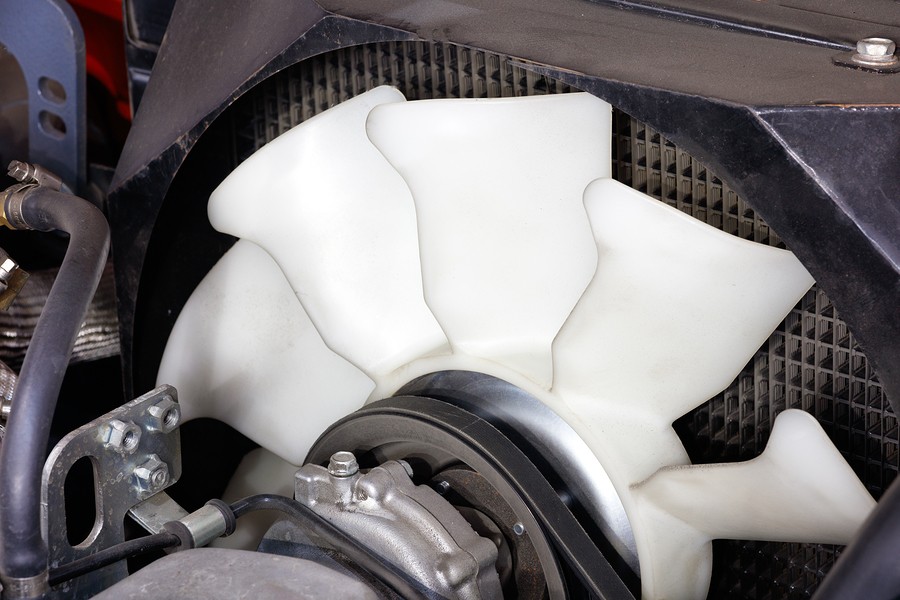
7. Dirty Radiator
Another important bad radiator symptom is when the radiator coolant is dirty. Look at the fluid and see if some contaminants or debris are floating. If that's the case, it could indicate that you must perform a radiator flush.
However, in some severe scenarios, the radiator might fail and get to the point where it's not keeping the coolant clean. In that case, your mechanic might suggest replacing the radiator as a repair option.
8. Warning lights
When you have any internal problem, your vehicle will complain through a list of warning signs on the dashboard. You'll see that many of these warning lights illuminate simultaneously, indicating that your radiator is not in good condition.
Automotive experts recommend never ignoring any of these warning signs. Ignoring the warning signs is just a way to make problems more complicated. The sooner you detect these warning signs and this one are you act, the sooner you can resolve the problem without needing to pay thousands of dollars for repair.
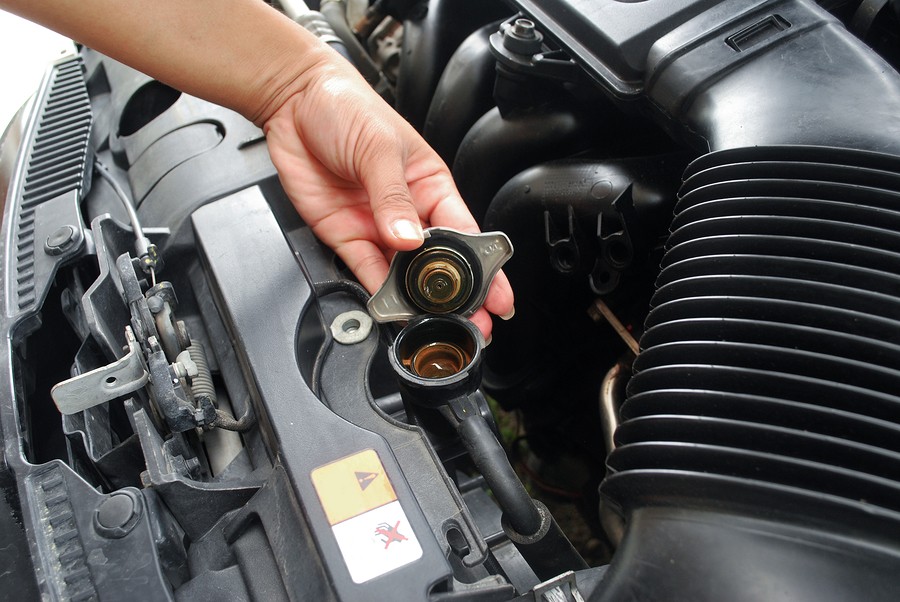
9. Weird coolant color
Your vehicle's coolant is a good fluid to inspect whenever you want to check on any bad radiator or symptoms. If the coolant is not the same color when you first put it inside the vehicle come, it might indicate that either your radiator coolant needs to be flushed out or the radiator needs to be replaced.
In most cases, when the coolant color is not consistent with the one you first purchased, it just indicates that the client is bad, and all you need to do is replace it with a fresh one.
You can only tell whether this coolant is in good condition if you're familiar with the original coolant color. That's why we always encourage our readers to familiarize themselves with the fluid when they're in good condition. For example, take a look at your quote when you first put it in the vehicle and also take a look at the other fluids like the steering wheel fluid and the engine oil.
10. Difficulty starting your vehicle
Finally, when your radiator is in bad condition, you might notice that it's hard to start your vehicle. Difficulty starting your vehicle is a problem that might be linked to a long list of potential culprits.
Therefore, you cannot immediately assume that if it's hard to start your vehicle, it's a problem with the radiator. It might be a simple issue with the battery or probably with some battery connections.
Your mechanic will be the best person to help you check whether this difficulty starting is related to their bad radiator or something else. If you confirm that it's related to the radiator, you will most likely need to fix or replace it if it's in bad condition.

Bad radiator symptoms: Final thoughts
Your vehicle’s radiator is an important critical component in the cooling system. When it fails, it leads to significant problems in your engine and might get you to pay thousands of dollars for repair.
Every driver must familiarize himself with the different battery radiator symptoms to detect the problem early and avoid paying much money for the repair.
This article walks you through the 10 bad radiator symptoms you will most likely deal with every time your radiator is failing or about to fail.
Once you detect any of these symptoms, it is critical that you consult your mechanic immediately and have him inspect the radiator and replace it if needed.
Replacing the radiator is not something cheap, and that's why you'd better evaluate the situation and see if it's worth replacing it or not. In other words, if you feel that repair costs are piling up and getting closer to your vehicle’s value, you'd better sell this vehicle and buy a better one.
Are you looking for someone to buy your car, considering the radiator problems? Why don't you reach out to Cash Cars Buyer today?!
Cash Cars Buyer is one of the top-rated car removal companies in the nation that guarantees to pay you the top dollars and provide you with free towing despite your living location around the United States.
Our process is straightforward and doesn't take more than removing your car safely and for the most money.
All it takes you is to:
- Describe your car's type and condition
- Receive our instant free quote
- Accept the quote
- Get your car removed and receive your cash payment on the spot!
To learn more about our process and team, call us at (866) 924-4608 or by visiting our home page and clicking on the free instant online offer.

